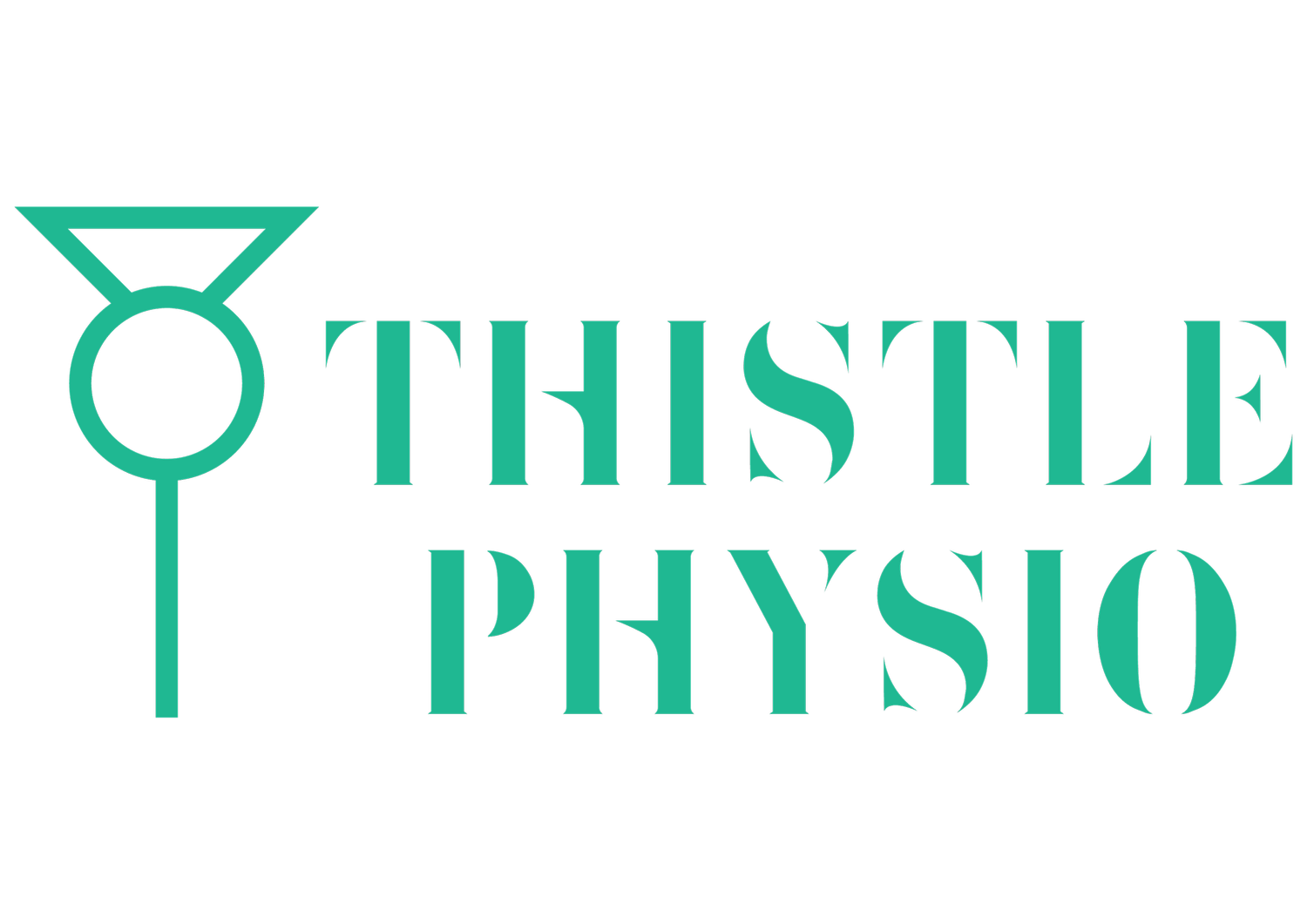Common running injuries and prevention
April is a month traditionally associated with running thanks to the annual London marathon. An inspirational event for keen runners, it can encourage people to get back into running after time off or even motivate people to take it up for the first time. In either scenario though, injury can be an issue if enthusiasm overrides sensible limits.
Over the years I’ve worked with runners across all levels of abilities, and through that I've witnessed how proper knowledge can prevent some of the most frequent running injuries. Here, I’ll share some of my professional insights on three of the most prevalent issues: lateral hip pain, IT band syndrome and Achilles tendinopathy – alongside practical advice to help keep you running strong and pain-free.
Lateral Hip Pain (Gluteal Tendinopathy)
Lateral hip pain, often diagnosed as gluteal tendinopathy or greater trochanteric pain syndrome, is particularly common amongst female runners. This condition develops when the tendons connecting your gluteal muscles to the outside of your hip become irritated and inflamed.
What causes it
Weakness in hip abductor muscles (particularly gluteus medius)
Poor running mechanics with excessive hip adduction
Training errors such as sudden increases in mileage or hill work
Running on cambered surfaces
Poor biomechanics, especially with crossing legs whilst sitting
Prevention tips
Strengthen your hip abductors: Side-lying leg raises, clamshells and hip hitches should form part of your regular strength routine
Avoid sitting cross-legged: This position places excess strain on the gluteal tendons
Gradual training progression: Increase weekly mileage by no more than 10%
Vary running surfaces: Avoid consistently running on the same side of a cambered road
Proper footwear: Ensure your running trainers provide adequate support
IT Band Syndrome (ITBS)
The iliotibial band is a thick band of fascia that runs from your hip to your knee along the outside of your thigh. ITBS occurs when this band becomes irritated and inflamed, typically causing pain on the outside of the knee during running.
What causes it
Weak hip and core muscles
Excessive internal rotation of the femur during running
Overpronation of the feet
Training errors including sudden increases in downhill running or mileage
Running in worn-out trainers
Prevention tips
Hip and glute strengthening: Focus on exercises like clams, bridges and side planks
Proper running form: Work on maintaining a slight forward lean and midfoot strike
Foam rolling: Regular self-myofascial release of the IT band, quadriceps and glutes
Gradual hill training: Introduce downhill running progressively
Regular trainer replacement: Replace running trainers every 300-500 miles
Achilles Tendinopathy
The Achilles tendon connects your calf muscles to your heel bone and withstands significant force during running. Tendinopathy develops when this tendon is overloaded, resulting in pain and stiffness, as well as occasional swelling.
What causes it
Insufficient calf strength and flexibility
Sudden increases in training volume or intensity
Improper footwear with inadequate support
Running form issues, particularly excessive forefoot running without adaptation
Hill training without proper preparation
Prevention tips
Eccentric calf strengthening: Heel drops from a step are particularly effective
Gradual progression: Especially when introducing speed work or hill training
Consistent stretching: Regular calf stretches, but avoid aggressive stretching when the tendon is painful
Appropriate footwear: Trainers with adequate heel support and appropriate drop for your running style
Warm-up properly: Include dynamic calf raises before runs
Prevention strategies
Regardless of which injury concerns you most, these fundamental principles can help keep all runners healthy:
Progressive training: Follow the 10% rule for increasing weekly mileage
Cross-training: Incorporate swimming, cycling or strength training to reduce repetitive impact
Listen to your body: Address niggles early before they become injuries
Regular strength work: Dedicate at least 2 sessions per week to runner-specific strength training
Recovery: Ensure adequate sleep and nutrition to support tissue repair
When do you need to see a professional?
While prevention is ideal, early intervention is crucial if you do develop symptoms. Consult a physiotherapist if you experience:
Pain that persists for more than a week
Pain that worsens during or after running
Pain that affects your running form or gait
Morning stiffness that doesn't improve quickly after moving
At Thistle Physio, we specialise in getting runners back on track with evidence-based assessment and personalised rehabilitation programmes. Remember that most running injuries develop gradually and can be prevented with proper attention to training and technique, while taking your recovery seriously.
If you need an assessment, just get in touch – otherwise happy running!


